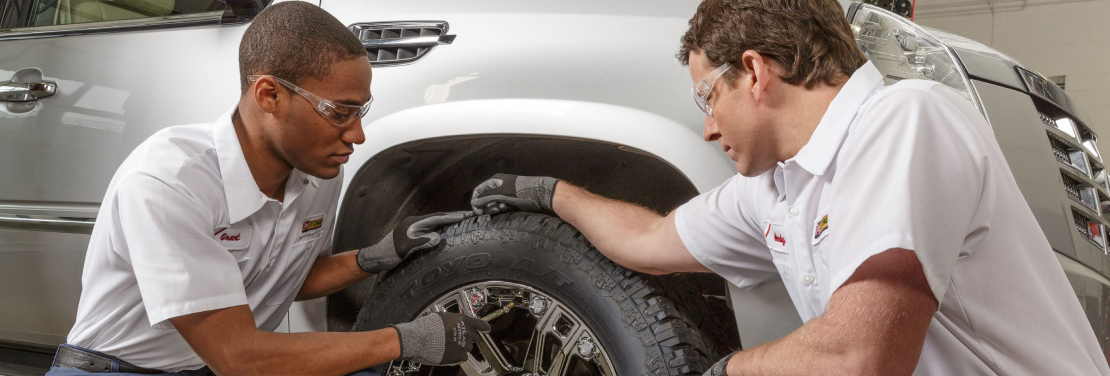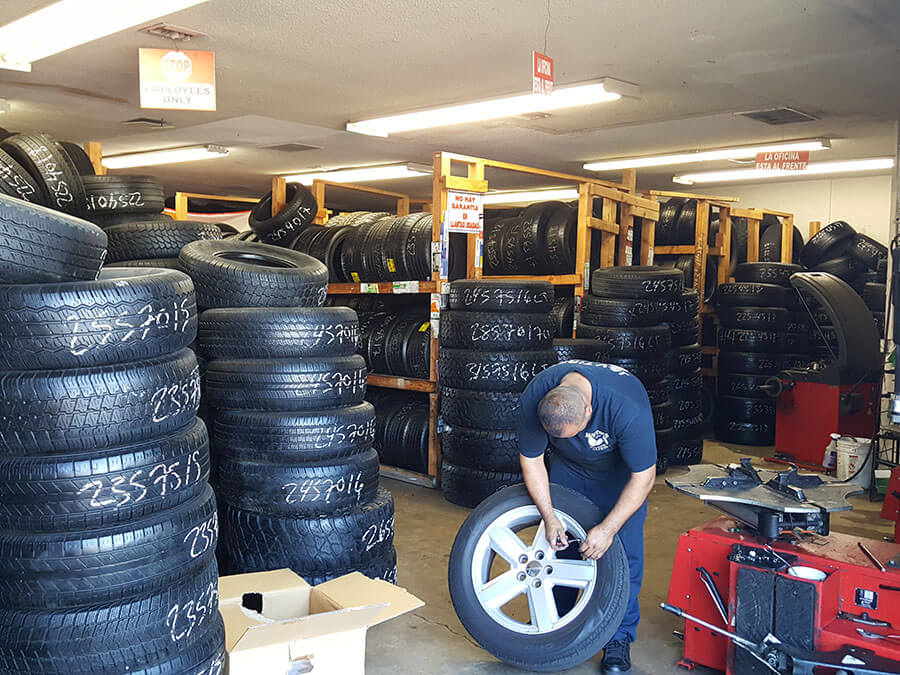Trusted Tire Shop Morris: Comprehensive Tire Solutions and Exceptional Service
Wiki Article
Tire Solution: The Influence of Weather
When it comes to making sure ideal efficiency and safety and security on the road, recognizing the influence of weather problems on tire solution is crucial. In this conversation, we will certainly discover the intricate partnership between weather conditions and tire solution, shedding light on the importance of weather-specific tire upkeep methods and factors to consider.Warmth and Tire Efficiency
When exposed to high temperature levels, tires experience modifications in efficiency that can significantly influence vehicle security and handling. The warm generated from extended driving or warm climate conditions creates the tire rubber to soften, causing lowered tread life and raised wear. As the rubber ends up being softer, the tire's hold on the roadway reduces, influencing braking ranges and general traction. In extreme instances, excessive warm can even create tire blowouts, posturing a severe safety and security risk to the car and its occupants.Furthermore, heats can accelerate the process of tire aging, triggering the rubber to wear away faster. This can result in splits, protrudes, and other kinds of damage that endanger the structural honesty of the tire. To reduce the results of heat on tire efficiency, motorists should regularly examine their tire stress, revolve tires to make sure also use, and inspect for any type of indicators of damage. Additionally, making use of tires particularly made to endure high temperature levels can aid maintain optimal performance and safety and security when driving.
Cold Climate Results
Winter problems can have a significant effect on tire efficiency and safety. As temperatures drop, tire rubber can harden, leading to lowered traction on icy or snow-covered roads. In winter, tires might likewise lose air stress extra swiftly, which can affect handling and fuel performance. In addition, chilly temperatures can create tire sidewalls to stiffen, boosting the risk of damage from craters or other road dangers.
To alleviate the results of cold weather condition on tires, it is crucial to regularly examine tire stress and inflate them to the producer's advised degrees. Making use of winter or all-season tires designed for winter problems can also enhance grip and hold on icy or snowy roads - morris tire and alignment. Proper tire maintenance, including regular examinations for wear and damages, becomes even much more essential throughout cooler months to make certain optimal efficiency and safety and security
Rainy Issues Impact
Tires with worn-out treads are extra prone to hydroplaning, where a layer of water develops up between the road and the tire surface, leading to loss of grip. To combat this, drivers must consistently check their tires for sufficient walk depth and consider investing in tires particularly made for wet conditions.

Snow and Tire Safety
Snow-covered roads present distinct obstacles for drivers, stressing the importance of correct tire choice and upkeep. When driving in snowy conditions, having the best tires can make a significant difference in safety and pop over to these guys security and efficiency. Winter tires are made with special rubber substances and tread patterns to supply far better traction on snow and ice compared to all-season tires. The much deeper footsteps and sipes of winter months tires help hold the roadway much better, minimizing the risk of moving and sliding.Along with making use of winter season tires, it is important to ensure they are effectively inflated. Winter can create tire stress to drop, impacting traction and handling (tires morris il). Consistently checking and preserving the correct tire stress is crucial for optimum efficiency in snowy problems

Weather-Related Tire Maintenance
Weather-related tire upkeep encompasses a variety of techniques intended at guaranteeing optimum tire function and longevity in different climate circumstances. One key aspect of weather-related tire upkeep is tire pressure policy. Examining tire tread on a regular basis and replacing tires when step wear reaches a certain deepness is important for keeping grip and security in negative weather.Conclusion
In final thought, climate conditions have a significant influence on tire performance and security (morris tire and alignment). From heat affecting tire pressure and use to cold weather condition lowering traction, it is vital to think about the weather when keeping and making use of tires.In this conversation, we will discover the detailed relationship between climate problems and tire service, dropping light on the value of weather-specific tire maintenance methods and considerations.

Report this wiki page